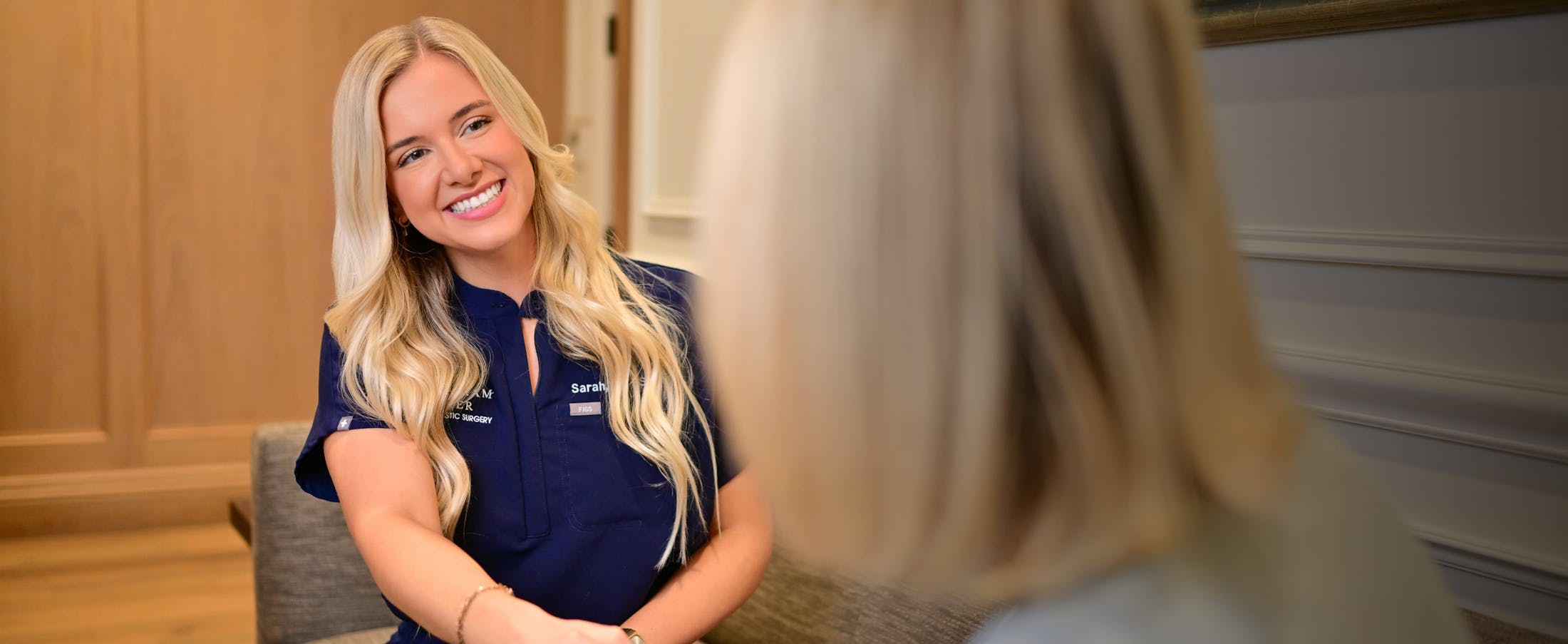
There’s a lot of nervous anticipation that goes along with preparing for a rhinoplasty. Patients are usually attending to all the errands and chores that need to get done prior to their surgery while dreaming about how their new nose is going to look. If you’re getting ready for a rhinoplasty procedure, then you’re probably thinking about the results more than anything else.
Unfortunately, recovering from surgery does take some time. You won’t even be able to see your nose right after surgery since it will be covered with a splint for stabilization. This period is crucial to the success of the surgery. A skilled surgeon can create an incredible result, but the patient must take responsibility for caring for the nose properly so it can heal. Here are some tips you can use in the days after surgery to help ensure that your nose heals quickly so you can enjoy your results.
Keep Things Clean
Right after your surgery, a splint and dressings will be put into place to protect your nose and to catch any blood and discharge from the surgery. You’ll need to change the “drip pad” dressing underneath your nose regularly to avoid blood buildup.
The day after your surgery, you may be directed to clean your nose with hydrogen peroxide. This should be done twice a day. Follow your surgeon’s directions on bathing and washing your face—the important thing is to keep the splint dry. Keeping things clean will not only help you to heal more quickly, but it will also make the recovery process more comfortable for you.
Protect Your Nose
The nose is extremely fragile and delicate after rhinoplasty surgery. New cartilage grafts, bones that have been broken and reset, and other changes need time to settle and heal before they can withstand pressure, bumping, or jostling.
Your number one priority during the first few days should be to protect your nose. Sleep on your back and try to rest as much as you can. When the splint comes off a few days after surgery, your surgeon will give you more pointers on protecting your nose throughout the healing process.
Use Ice Appropriately
Swelling and discomfort may make you want to use ice more than is recommended. However, you should always follow your surgeon’s instructions for how often and how long to ice the area. It’s important to wrap the ice pack in a towel or cloth to protect your skin.
Keep Your Head Elevated
Swelling increases for the first few days after surgery and may get worse once the splint is removed. Keeping your head elevated can help keep swelling to a minimum and it is recommended that you sleep on your back, propped up by several pillows. Sleeping in a recliner is ideal. The swelling will resolve gradually, but whatever you can do to minimize it will help make your recovery more comfortable.
Don’t Blow Your Nose!
Immediately after the surgery and for the first few weeks, you will likely feel congested. However, it is critical that you do not blow your nose as it is healing. The force exerted during nose blowing can disrupt the healing structures and cause damage. You may dab lightly at your nose if it is running, but do not blow your nose under any circumstances. Most patients find the congestion and excess mucus annoying but worth it in the end, once they are able to enjoy their results.
If your nose feels dry throughout the day, a saline nasal spray and approved ointments can bring some relief. You may need to use the spray for up to three months following the procedure, as the surgery can dry out the nasal passages.
Switch to Contacts
If you wear glasses, you will not be able to wear them normally for the first month or two following surgery as the weight resting on the healing nose can cause problems. You may tape your glasses to your face, but many patients choose to switch to contacts instead for the duration of the healing process. You may use contacts starting about 2 days after surgery. You should talk to your surgeon about other options if you are unable to wear contacts.
Follow All Instructions
Above all, you should care for your nose as instructed. Don’t take your surgeon’s instructions as rough guidelines. Follow them as closely as possible. By doing so, you can set yourself up for the best results possible and help prevent complications. Take all medications as directed and restrict your activities based on your surgeon’s recommendations.
Watch Out for Complications
Although you should make every effort to prevent complications, they do sometimes occur. Be on the lookout for signs of trouble, such as excessive bleeding or indications of an infection, such as a fever. If you do notice anything out of the ordinary, contact your surgeon or emergency services right away.
Looking for a rhinoplasty specialist in the Austin area? Dr. Edward Buckingham, the founder of Buckingham Center, is a board-certified facial plastic surgeon with the skill and artistry to help rhinoplasty patients achieve their ideal look. Dr. Buckingham is known for creating natural-looking results that are in harmony with the rest of the facial features. To learn more about rhinoplasty with Dr. Buckingham, call 512.401.2500 today to schedule your consultation.



